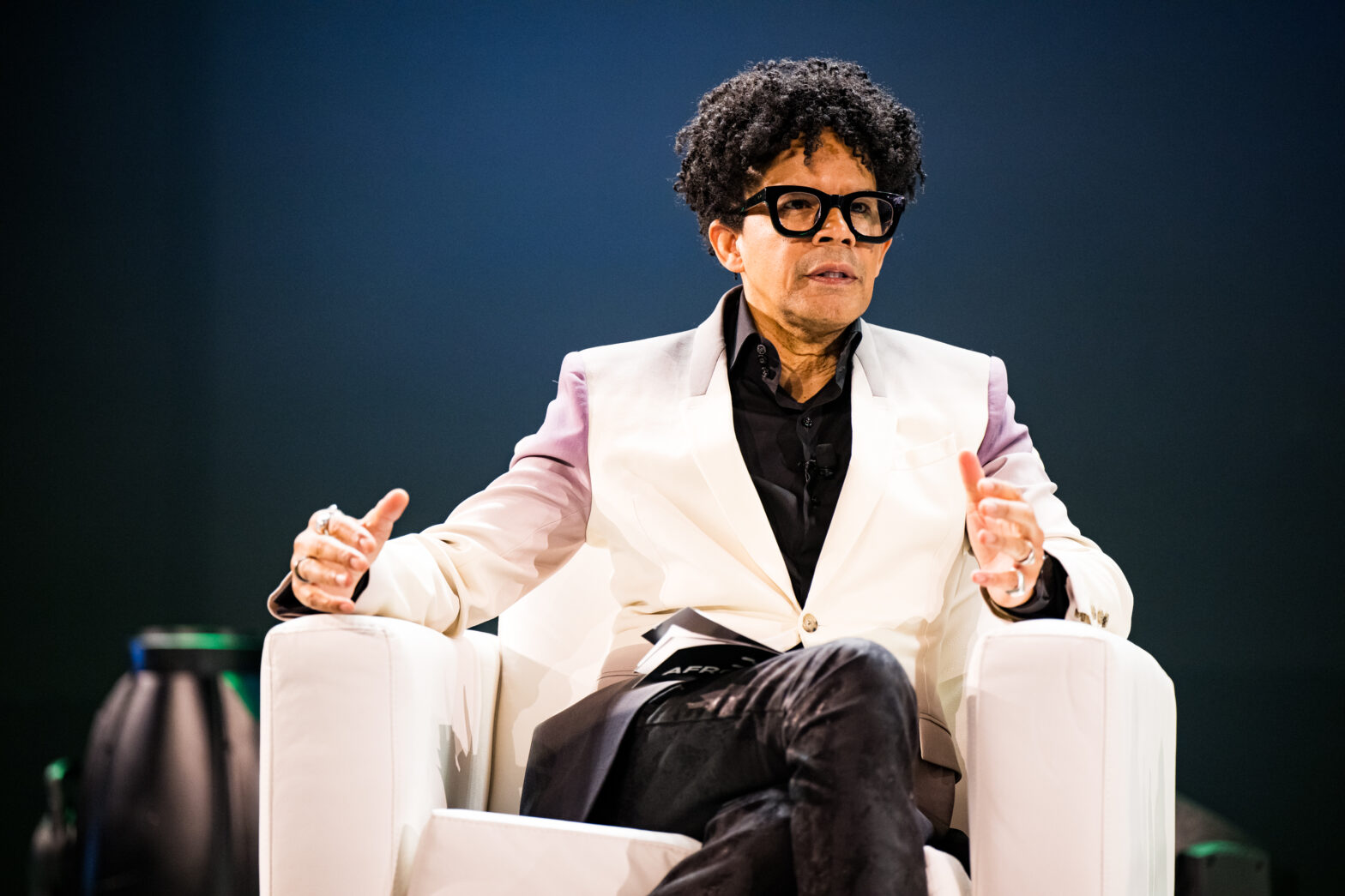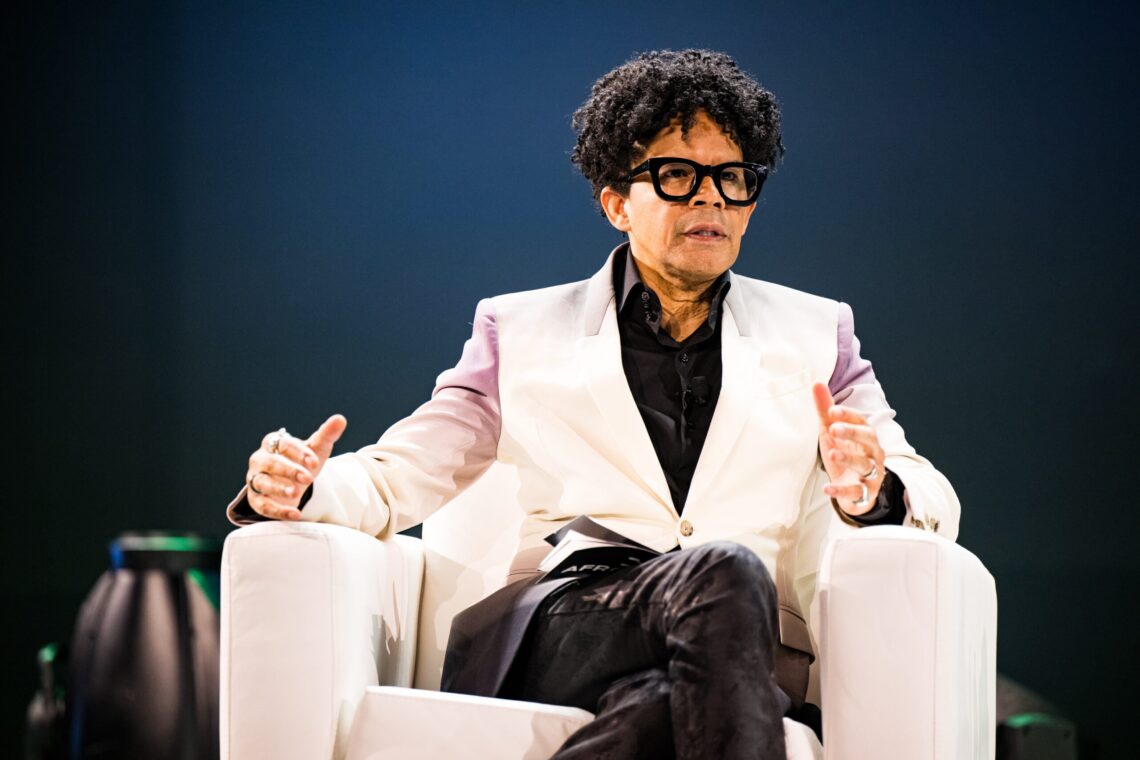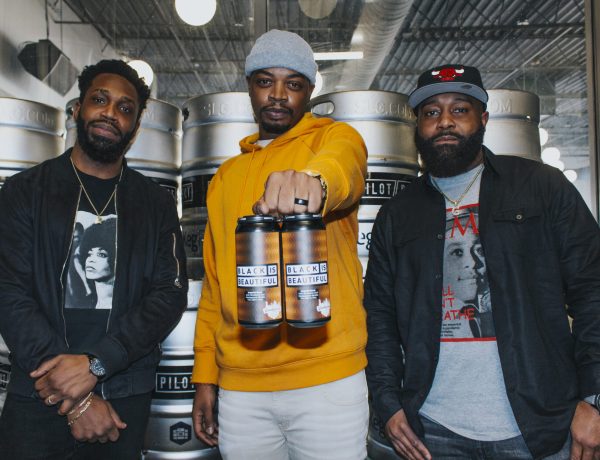
Aaron Walton is the CEO and founder of the award-winning ad agency Walton Isaacson. He is celebrated for his extensive work with renowned brands and celebrities, establishing himself as a true trailblazer in the art of collaboration.
Walton began his career as a marketing executive for the food and beverage giant Pepsico and went on to create his own company, Aaron Walton Entertainment (AWE). He later sold AWE in 2002 to Omnicom Group’s DAS Division. This transaction resulted in Walton being appointed president of Omnicom’s Radiate Entertainment Group, driving exponential growth across numerous agencies. With his knowledge, Walton shared how he successfully created major opportunities to transform traditional advertising practices by embedding them with cultural insight and innovation.
On Nov. 14, during the AFROTECH 2024 Conference, Walton spoke about challenging the practice of collaborating with the same people within the same industries. While aligning with brands for successful partnerships is important, he emphasized the value of working with individuals who may not be within the same industry, but share similar values.
“So when I look at DEIB, I look at that through that lens, which is, when we bring people together with different points of view, with different experiences, and I’m talking about not just ethnicity, I’m talking about gender, I’m talking about people with disabilities, you know, seniors. When we bring them together to create something, those collisions that happen because they’ve had different points of view can actually create new, innovative ways to solve problems,” Walton shared at the AFROTECH™ Conference during his session, “The Art of Brand Collaborations.”
He added, “I have this mantra that I say, ‘Collide, connect, and then create.’ In this context, it’s so important to intersect with ideas that ultimately inspire creativity and curiosity. If you do it the right way, you get out of these stereotypic ideas that don’t happen by just talking to the same people over and over again.”
Walton emphasizes that this approach comes from the German philosopher Georg Wilhelm Friedrich Hegel (G.W.F. Hegel), who encourages a dialectic method for conceiving ideas. According to the visionary, this method states that every idea has an equal and opposite idea. So, when two brands collide, they can ultimately create a new idea that can benefit both parties.
This approach has proven effective in advancing Diversity, Equity, Inclusion, and Belonging (DEIB) within corporations. Although recent reports have shown corporations removing DEI initiatives from their policies, this framework has helped companies propel forward and increase revenue growth.
According to a study by McKinsey and Company, companies in the top quartile for gender diversity are 21% more likely to outperform their competitors. Their research also found that companies consistently performing in the top 25% of their industry outperformed others in profitability by 36%, suggesting that this increase is more closely linked to ethnic diversity than gender. Therefore, when considering how brand collaborations can transform consumer connections, it’s essential to have people from diverse backgrounds at the table.
One example of a brand partnership that pushed boundaries was Walton’s collaboration with the consumer electronics company Polaroid and the iconic musical group, the Spice Girls.
“While I was with Pepsi, I had Polaroid as a client, Polaroid International. They were trying to figure out how to connect with younger consumers. So what I did was I put them together with the Spice Girls and created not just content for them, but we created new products. We created something called the Spice Cam, which is basically a Polaroid camera, and redesigned the colors and added stickers to make it feel a little bit more youthful. The beauty was that it got Polaroid placed in aisles in the store that it had never been in before. And vice versa for the Spice Girls in terms of selling records,” Walton explained.
While there is no official count of the Spice Cam sales, the camera was sold at $39.99 per unit. Given the immense popularity of the Spice Girls at the time, it’s reasonable to assume that the partnership led to a substantial number of cameras being sold.




